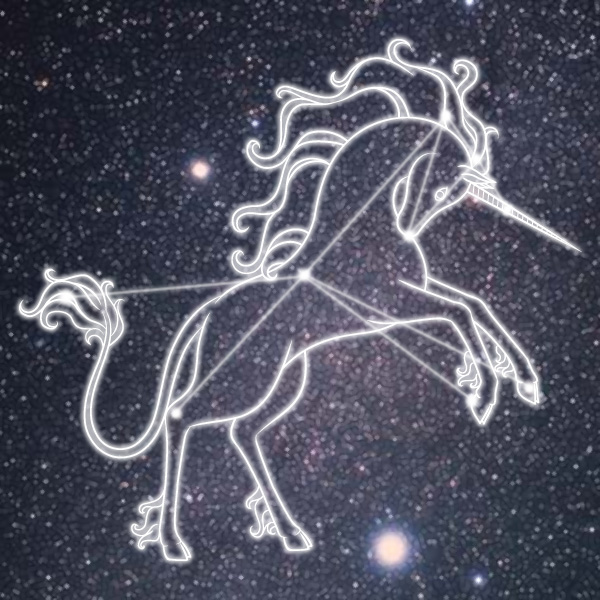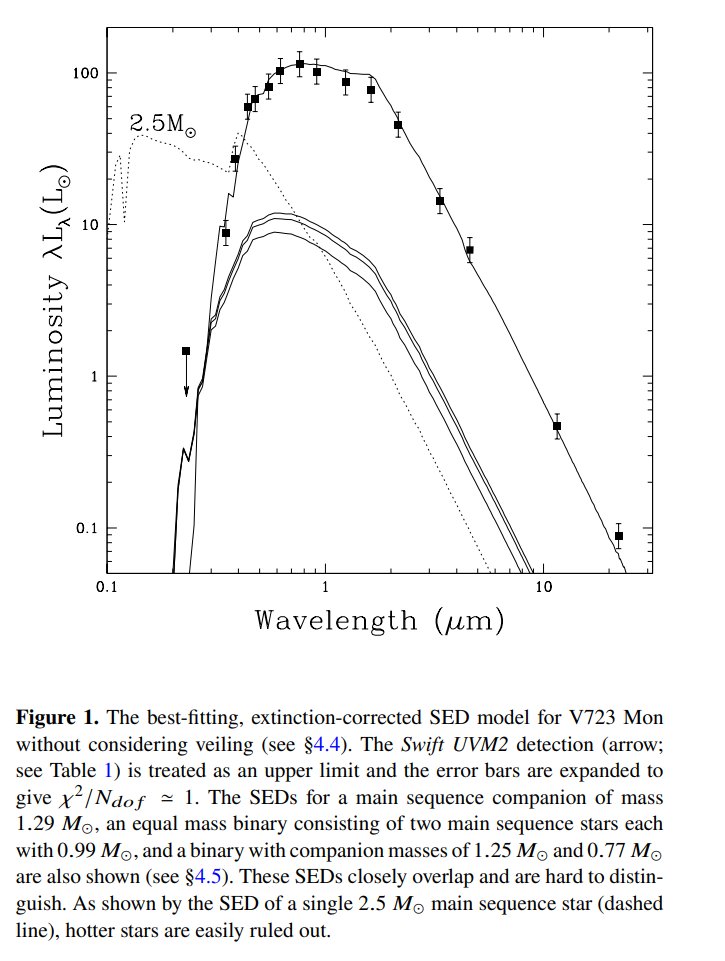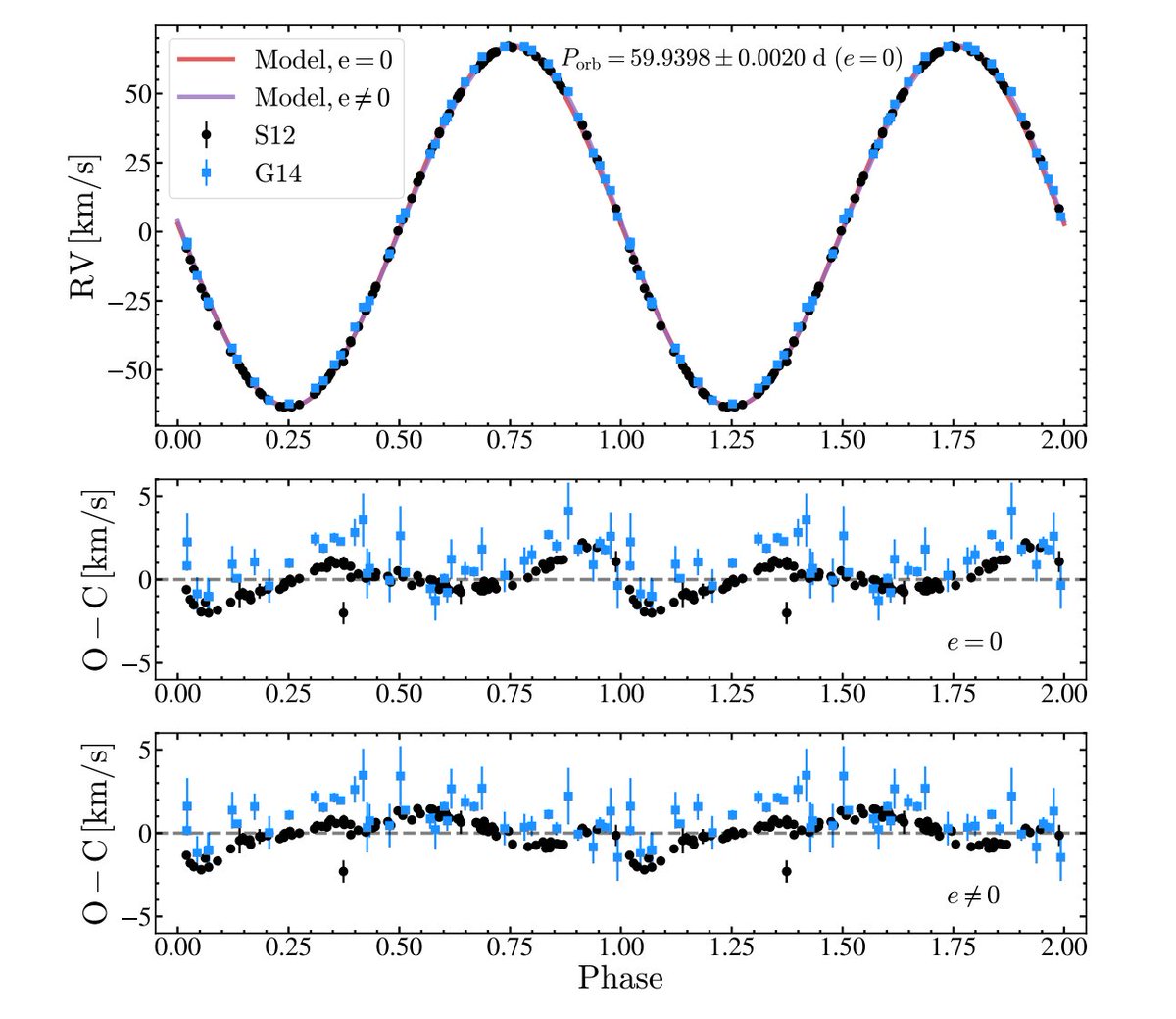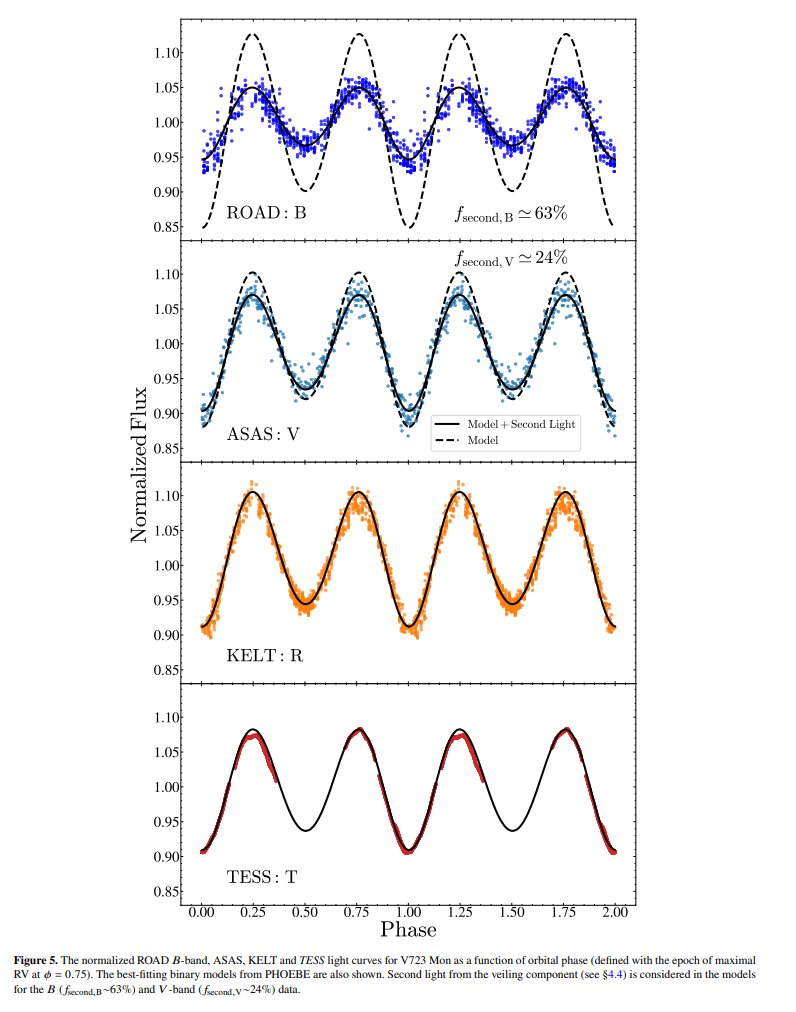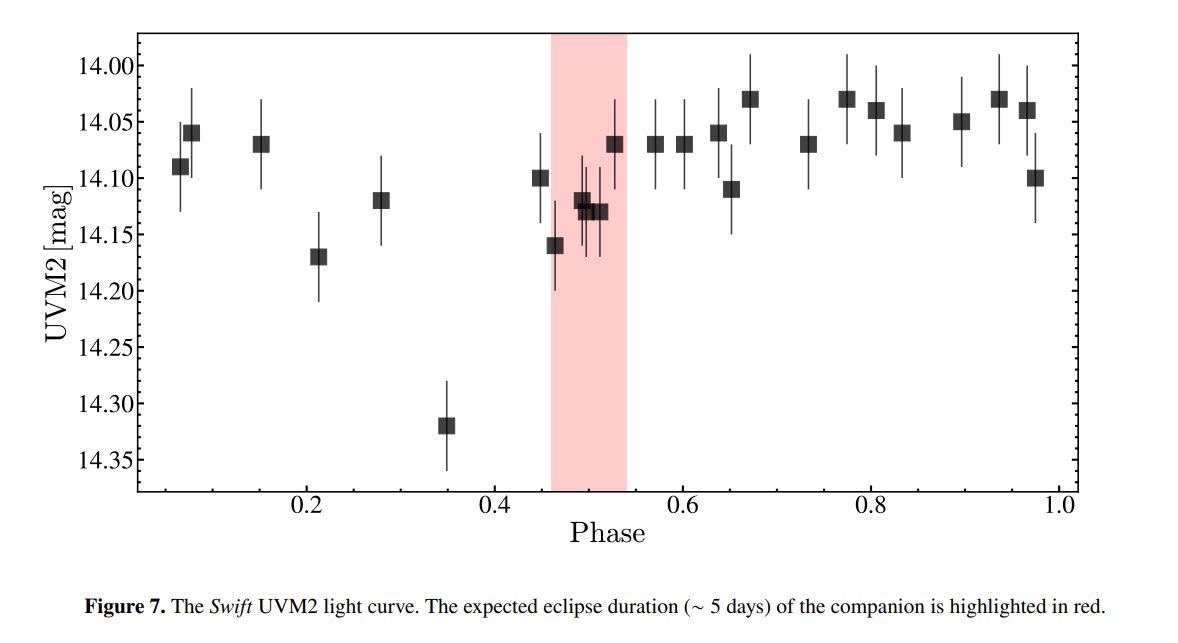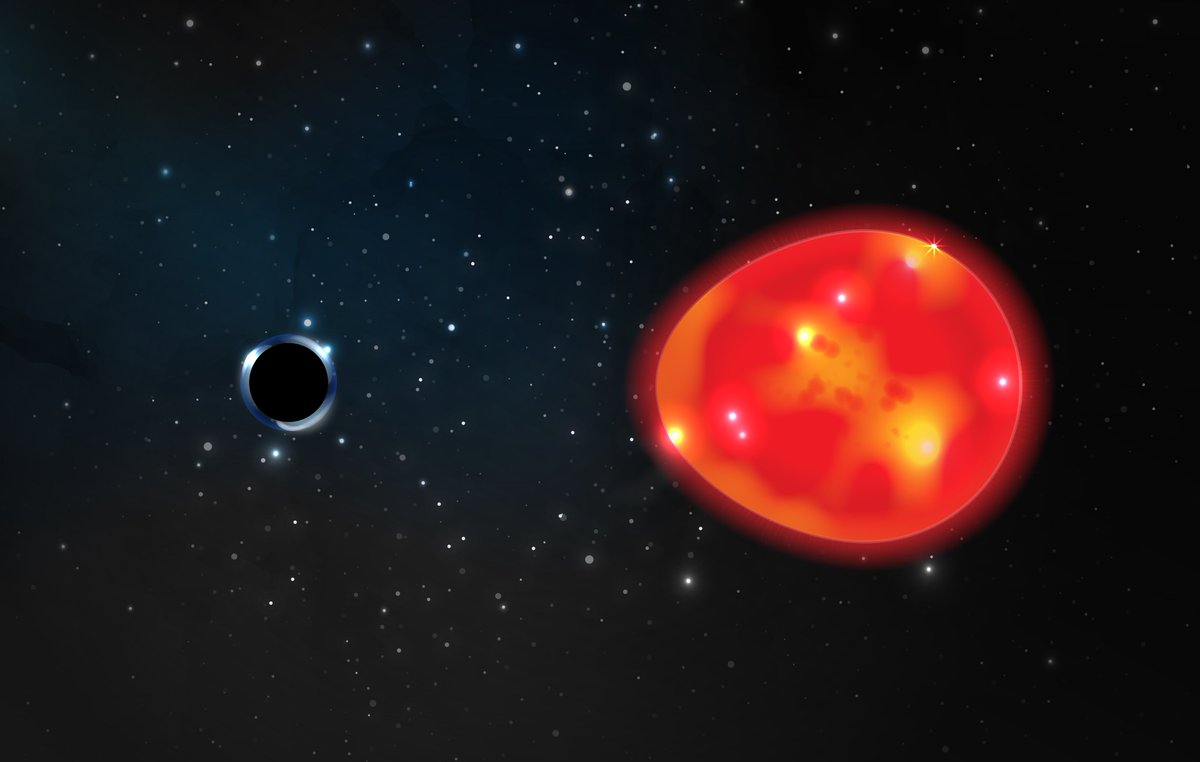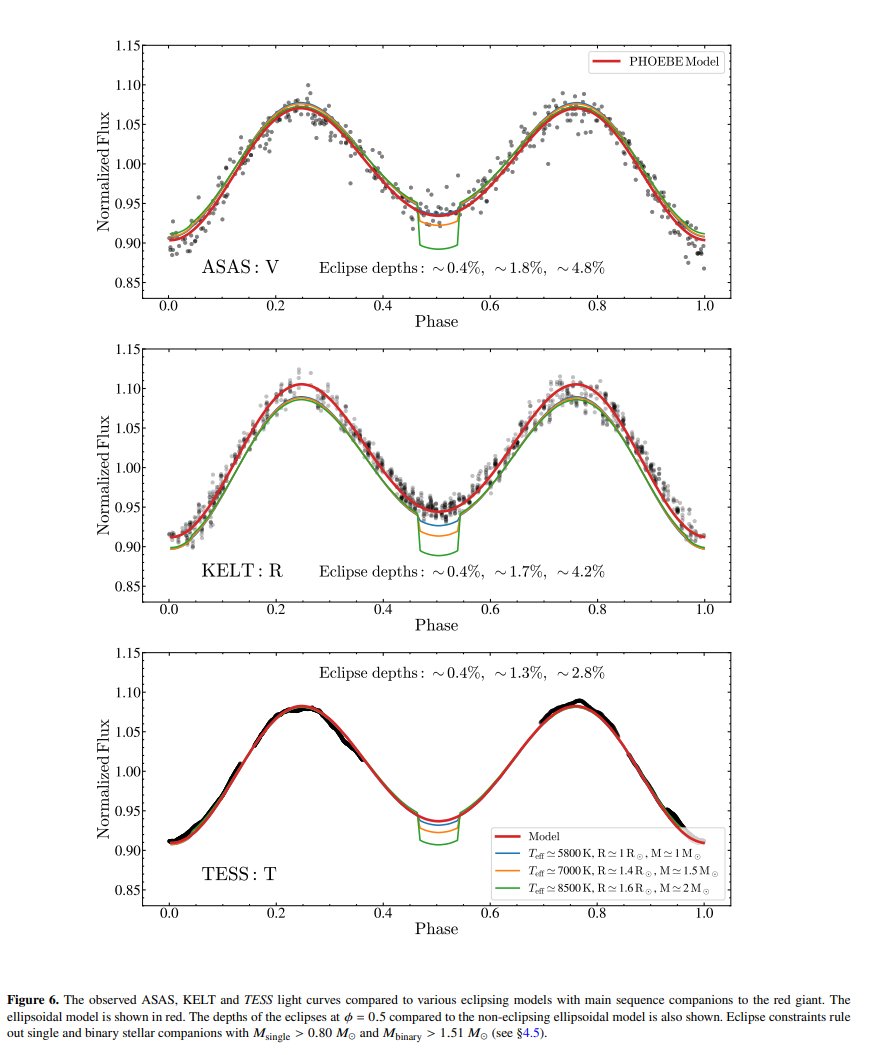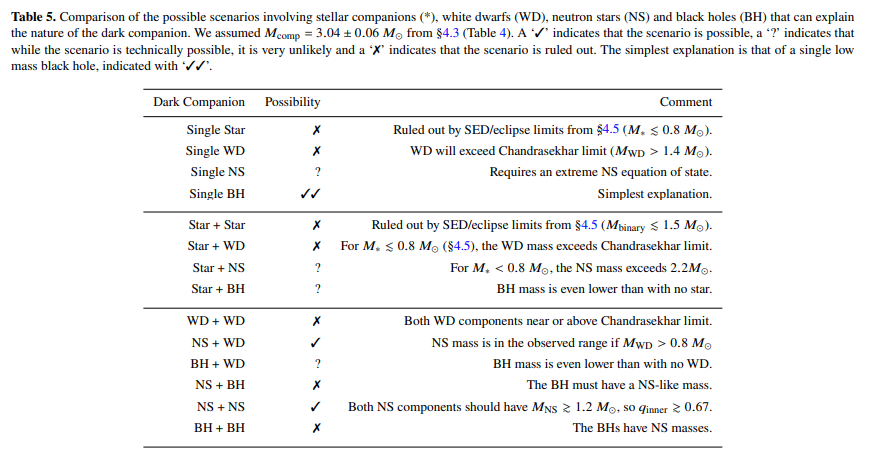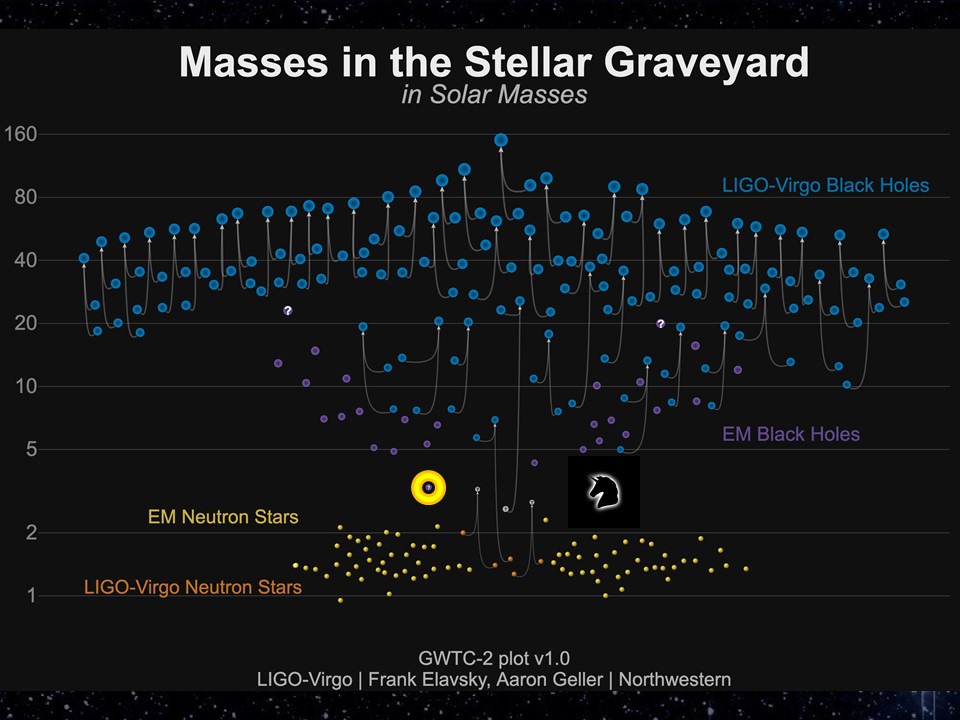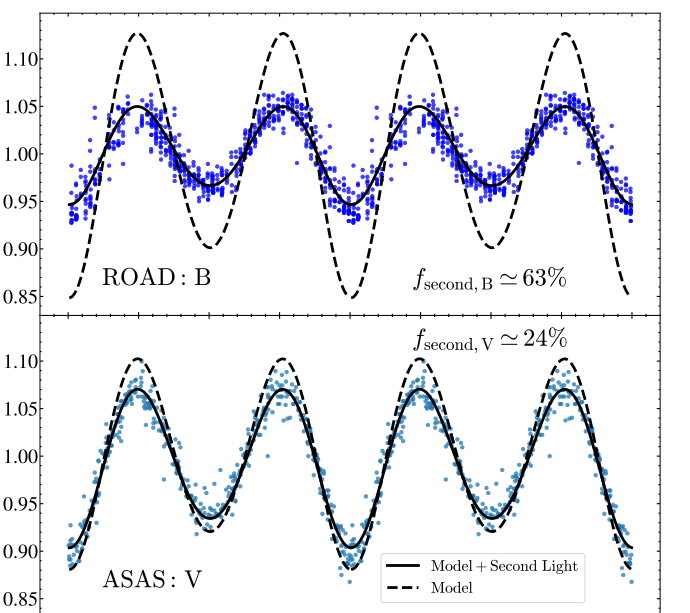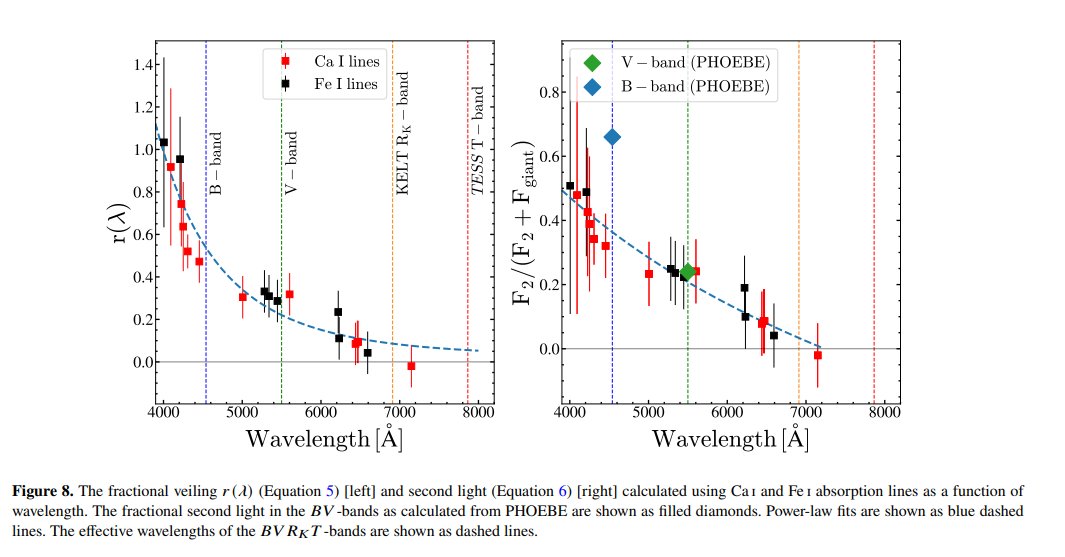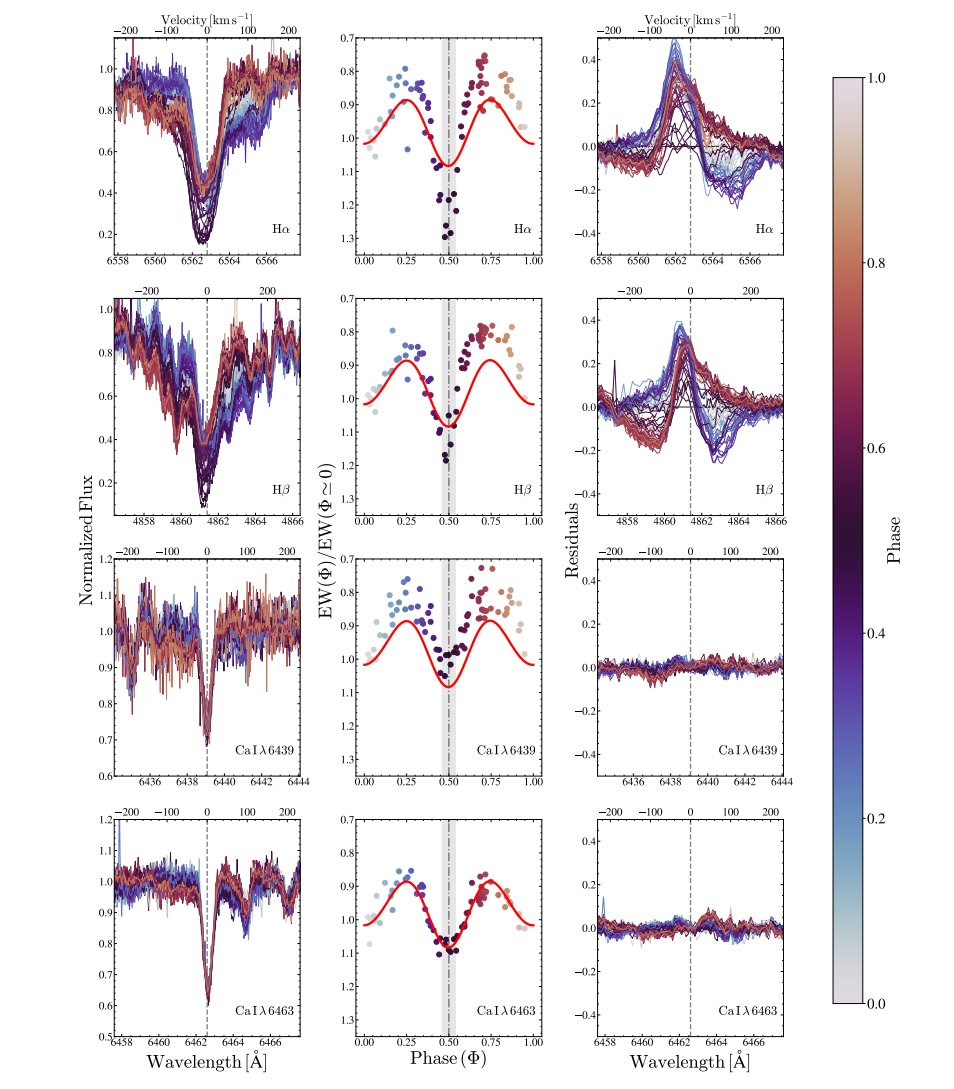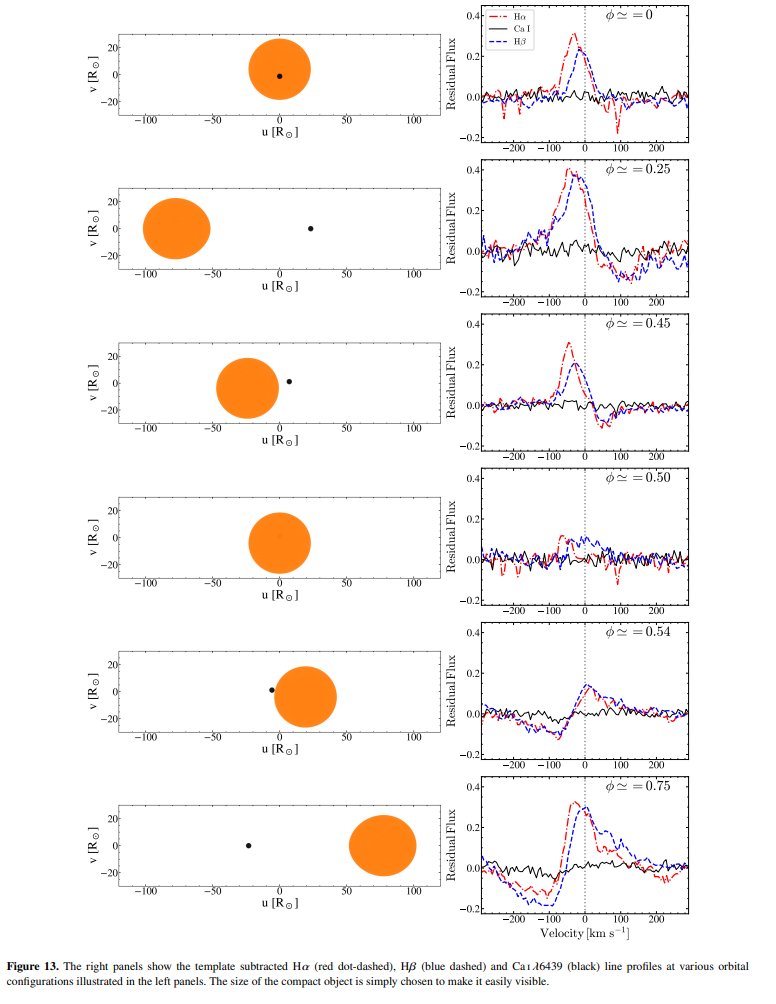Earlier this year, we reported the discovery of V723 Mon as a non-interacting black hole-giant star binary. Given how unique this system is, we dubbed the ~3M☉ BH candidate & #39;The Unicorn& #39; https://abs.twimg.com/emoji/v2/... draggable="false" alt="🦄" title="Einhorngesicht" aria-label="Emoji: Einhorngesicht">.
https://abs.twimg.com/emoji/v2/... draggable="false" alt="🦄" title="Einhorngesicht" aria-label="Emoji: Einhorngesicht">.
ArXiv: https://arxiv.org/abs/2101.02212 ">https://arxiv.org/abs/2101....
ArXiv: https://arxiv.org/abs/2101.02212 ">https://arxiv.org/abs/2101....
Here are links to our press release and other resources:
https://news.osu.edu/black-hole-is-closest-to-earth-among-the-smallest-ever-discovered/
https://news.osu.edu/black-hol... href=" https://u.osu.edu/tharinduj/v723-mon/
Here& #39;s">https://u.osu.edu/tharinduj... a thread summarizing our paper!
https://news.osu.edu/black-hole-is-closest-to-earth-among-the-smallest-ever-discovered/
Here& #39;s">https://u.osu.edu/tharinduj... a thread summarizing our paper!
V723 Mon is a relatively nearby (~460 pc, ~1500 ly) red giant located in the Monoceros ("Unicorn") constellation. It is a known variable star (first discovered by the Hipparcos mission), but all this time it was thought to be an eclipsing binary.
PC: https://www.deviantart.com/littlefiredragon/">https://www.deviantart.com/littlefir...
PC: https://www.deviantart.com/littlefiredragon/">https://www.deviantart.com/littlefir...
What caught our attention was the large binary mass function of this system, which had been well characterized in the SB9 catalog and by Strassmeier+2012. The mass function implied that the companion to the red giant had to be at least ~1.7 M☉!
SB9: https://sb9.astro.ulb.ac.be/DisplayFull.cgi?3936+1">https://sb9.astro.ulb.ac.be/DisplayFu...
SB9: https://sb9.astro.ulb.ac.be/DisplayFull.cgi?3936+1">https://sb9.astro.ulb.ac.be/DisplayFu...
For a typical red giant with a mass of ~1 M☉, the binary mass function implied that the companion had to be very massive, with ~3 M☉). From the SED, it became clear that main sequence stars with that mass are easily ruled out (they would have a noticeable contribution in UV).
We re-derived the spectroscopic orbit for V723 Mon using archival SB9 + Strassmeier+2012 RV data. The spectroscopic orbit gives an orbital period of~60 days and is consistent with a circularized system. We note the presence of correlated RV residuals.
We suggested that these RV residuals were the result of the ellipsoidal variability in this system. A few weeks after we posted our paper, Masuda & Hirano(2021) confirmed this and showed that the RV residuals were due to orbital phase-dependent distortion of the absorption lines
They developed a model that accounted for this effect and fit the RV data (including the residuals), obtaining an independent estimate of the companion mass as ~2.95 +/- 0.17 M☉ that is fully consistent with our results.
Their paper: https://arxiv.org/abs/2103.05216 ">https://arxiv.org/abs/2103....
Their paper: https://arxiv.org/abs/2103.05216 ">https://arxiv.org/abs/2103....
V723 Mon is a very bright target at V~8.3 mag. We obtained archival light curves from @NASA_TESS (T), KELT (R_K), and ASAS (V). Additionally, we followed this system with the ROAD telescope and Swift satellite to get B-band and UVM2 light curves.
We find that the KELT/TESS/ASAS/ROAD light curves are fully consistent with that of an ellipsoidal variable. The red giant is tidally distorted by the gravity of the companion BH into a "football" shape, resulting in photometric variability over the course of the binary orbit.
We then fit the TESS+KELT light curves with PHOEBE. When combined with the information from the spectroscopic orbit and SED, we are able to derive the orbital inclination and the masses of the red giant and its companion using the PHOEBE models.
These models indicate that the orbital inclination of this system is nearly edge-on at ~87 deg +/- 2 deg. The mass of the red giant is 1.00 +/- 0.07 M☉ and its companion has a mass of 3.04 +/- 0.06 M☉. We find similar results when we use a different binary modeling tool (ELC).
Given the orbital inclination (~87 deg) and the lack of eclipses in the light curves, we can place strong constraints on the presence of luminous companions to the red giant. These constraints rule out single MS companions with >0.80 M☉ and binary MS stars with >1.51 M☉.
Given the mass of the companion (~3 M☉), this means that there has to be a compact object companion in this system! We systematically go through all the possibilities and find that the simplest explanation is a single low-mass BH companion.
This makes V723 Mon the host to the closest known black hole at ~1500ly. This BH is also one of the smallest known at ~3M☉ and falls into the low mass-gap between the smallest known BHs (~5M☉) and the most massive neutron stars (~2M☉). Totally a unicorn!
Credits: @SuperASASSN
Credits: @SuperASASSN
There& #39;s more! We find that the amplitudes of the ellipsoidal variability in the bluer filters (B/V) are smaller than expected. This effect is called "veiling" and has been seen in X-ray binaries due to the additional luminosity contribution from accretion disks ("second light").
In the B/V-bands, the & #39;second light& #39; contribution is ~63% and ~24% respectively. We also look at how the veiling component affects various spectral lines and find that the veiling rises steeply with wavelength (w/ a power law index of -5 +/- 1.5).
The veiling component is very blue and has a non-stellar SED that drops off rapidly in the Swift UVM2 band. It is inconsistent with the SED of hot stars (which we already rule out using the SED). We estimate the luminosity of this component as ~20 L☉.
We don& #39;t see any eclipses in the light curves, so we infer that this veiling component has to be diffuse and non-stellar. We are now trying to study this veiling component better with additional data, but that is left for a later paper!
Using Swift XRT data we also detect V723 Mon in the X-rays with a luminosity of ~8e29 ergs/s (corresponding to L/L_edd~10^-9). However, we need significantly better data to better understand the X-ray emission in this system.
We find the presence of orbital-phase dependent Balmer emission lines. However, at phase 0.5(when the BH is eclipsed by the RG), we see very little Balmer emission. The exact origin of the Balmer emission is unclear and also warrants further study!
Long story short; V723 Mon is a very interesting system that is the host to the closest known BH candidate ("The Unicorn"). It is also one of the smallest BHs known, falling into the "mass gap".
Bonus: At V~8.3 mag, it is a *bright* target!
Image credits: MelissaNettleship/Etsy
Bonus: At V~8.3 mag, it is a *bright* target!
Image credits: MelissaNettleship/Etsy
Thank you so much to all the co-authors who made this work possible! On Twitter: @SuperASASSN @chargedcurrent @DominickRowan @AstronomerPat @AstroHinkle @JosePrietoK @danxhuber @ka_am_au @ohdearz
Adding one last point: I will be on the job market later this year and I will be working to "find more unicorns" and understand the distribution of non-interacting compact objects in the Milky Way!  https://abs.twimg.com/emoji/v2/... draggable="false" alt="🧐" title="Gesicht mit Monokel" aria-label="Emoji: Gesicht mit Monokel">
https://abs.twimg.com/emoji/v2/... draggable="false" alt="🧐" title="Gesicht mit Monokel" aria-label="Emoji: Gesicht mit Monokel">

 Read on Twitter
Read on Twitter . ArXiv: https://arxiv.org/abs/2101...." title="Earlier this year, we reported the discovery of V723 Mon as a non-interacting black hole-giant star binary. Given how unique this system is, we dubbed the ~3M☉ BH candidate & #39;The Unicorn& #39;https://abs.twimg.com/emoji/v2/... draggable="false" alt="🦄" title="Einhorngesicht" aria-label="Emoji: Einhorngesicht">. ArXiv: https://arxiv.org/abs/2101...." class="img-responsive" style="max-width:100%;"/>
. ArXiv: https://arxiv.org/abs/2101...." title="Earlier this year, we reported the discovery of V723 Mon as a non-interacting black hole-giant star binary. Given how unique this system is, we dubbed the ~3M☉ BH candidate & #39;The Unicorn& #39;https://abs.twimg.com/emoji/v2/... draggable="false" alt="🦄" title="Einhorngesicht" aria-label="Emoji: Einhorngesicht">. ArXiv: https://arxiv.org/abs/2101...." class="img-responsive" style="max-width:100%;"/>
